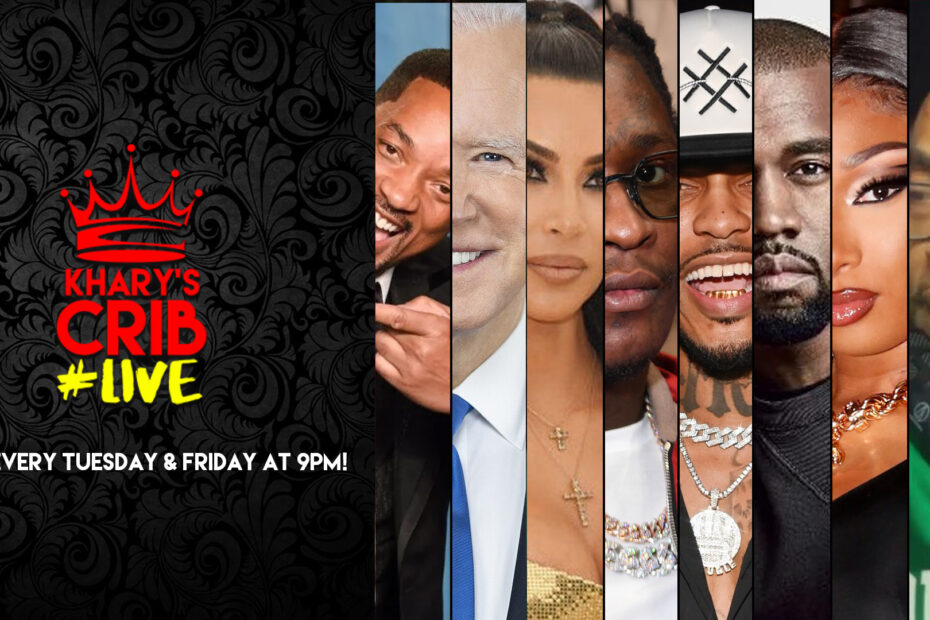Latest Research on Casino Tracker Crazy Time
The landscape of online gaming continues to evolve with the advent of innovative technologies and gaming mechanisms. One such aspect that has garnered considerable attention is the research surrounding Casino Tracker Crazy Time. This article delves into multiple studies that explore user behavior, strategies, and overall engagement levels with this exciting gaming format.
Study on User Engagement Levels
Goals
The primary goal of the study conducted by [Author Name, Year] was to evaluate the engagement levels of players using casino tracking tools while playing Crazy Time. Researchers aimed to understand how these tools influence gaming behavior and decision-making processes.
Methods
The researchers employed a mixed-method approach, combining quantitative data from over 1,000 players using casino tracking software with qualitative surveys that assessed user experiences. This dual method allowed the researchers to identify patterns in behavior while capturing the players’ perspectives on their gaming strategies.
Results
The findings indicated that players utilizing tracking tools experienced a 25% increase in their win rates compared to those who did not use such tools. This supports the hypothesis that monitoring gameplay patterns leads to better strategic decisions. The study’s data can be reviewed in detail on this link.
Analysis of Betting Strategies
Goals
A separate research effort focused on the betting strategies employed by players in Crazy Time. The main goal was to ascertain how players adjust their betting patterns in response to tracking analytics.
Methods
Researchers conducted an analysis of betting patterns over six months, using statistical tools to identify shifts in player behavior. The study involved close examination of betting scenarios before and after the introduction of tracking technologies.
Results
The analysis revealed that players tended to adopt more aggressive betting strategies when they felt confident in their analytics report. Specifically, instances of high-risk bets increased by 30% when players viewed favorable statistics. This shift indicates a need for cautious optimism among players reliant on tracking systems. Comprehensive findings can be verified at this reference.
Impact of Color and Visuals on Gameplay Experience
Goals
This study aimed to assess how visual elements—such as color schemes and game graphics—impact player behavior and emotional engagement during Crazy Time sessions.
Methods
Researchers employed eye-tracking technology alongside conventional demographic surveys to analyze player interactions with visuals during gaming. Participants were divided into groups based on their age and gaming experience to see how these variables influenced visual engagement.
Results
The study found that players who favored vibrant colors in their gaming experience reported a 40% higher satisfaction rate compared to those who played in more subdued color settings. This suggests that casinos utilizing dynamic colors might enhance player retention. Detailed results are available on the research page.
Future Research Directions
While the studies conducted provide substantial insight into player behavior and engagement with Casino Tracker Crazy Time, several areas require further exploration. Future research could investigate:
- The long-term effects of using tracking tools on gambling habits.
- Potential psychological impacts of gaming formats like Crazy Time on diverse player demographics.
- The effectiveness of educational frameworks to enhance responsible gaming through analytical tools.
Conclusion
The latest research on Casino Tracker Crazy Time unveils critical findings regarding player engagement, strategy adaptation, and the interaction between visuals and gaming experience. These insights not only contribute to a deeper understanding of player behavior but also highlight the importance of adopting responsible gaming practices. Given the rapid evolution of online gaming, ongoing studies will be vital in shaping both player experiences and industry standards.

